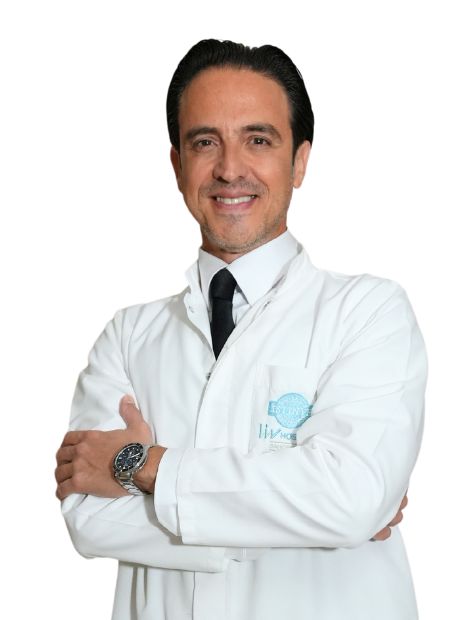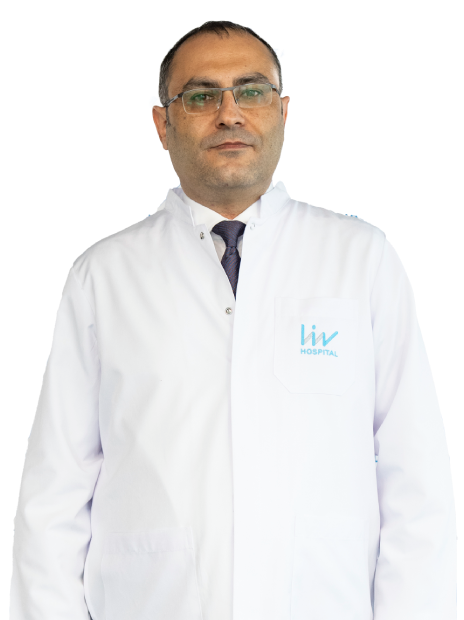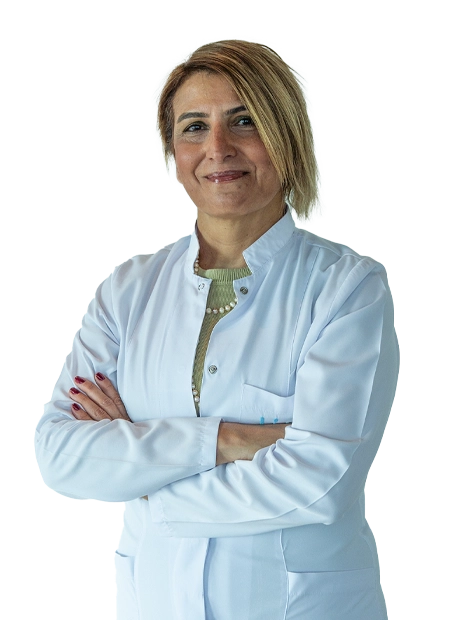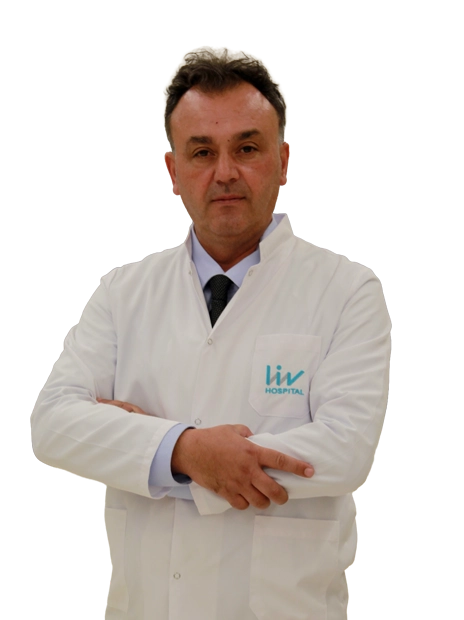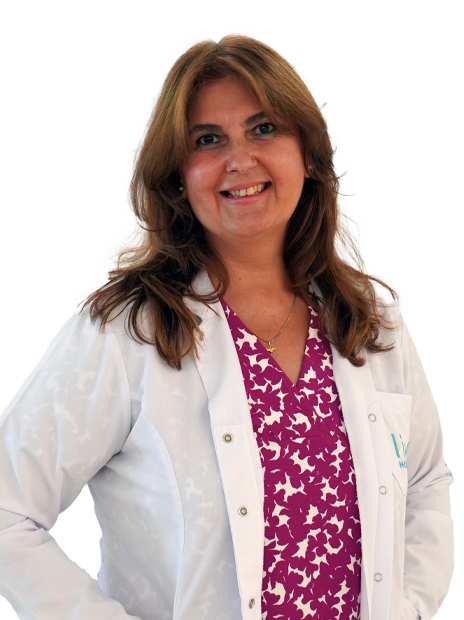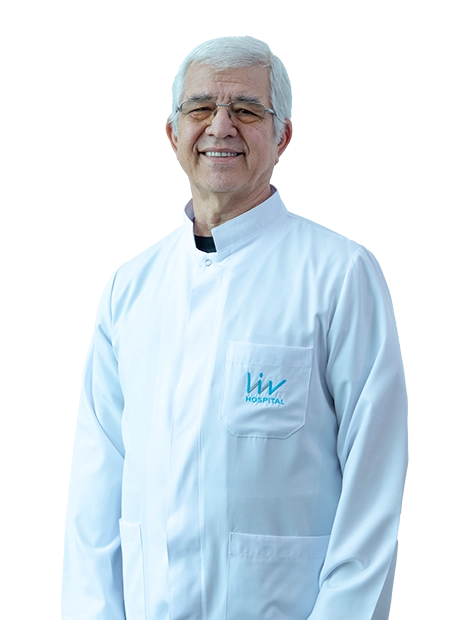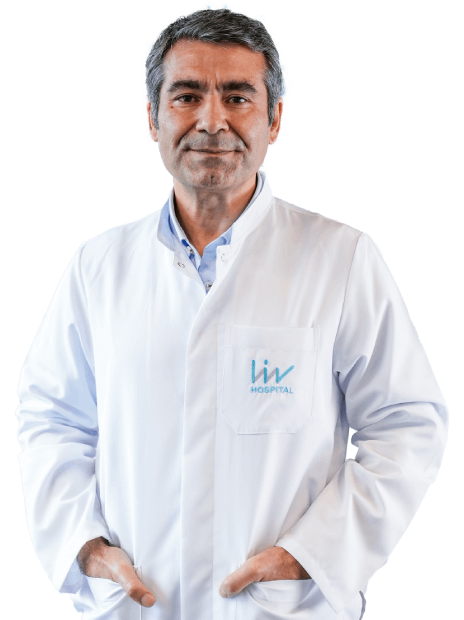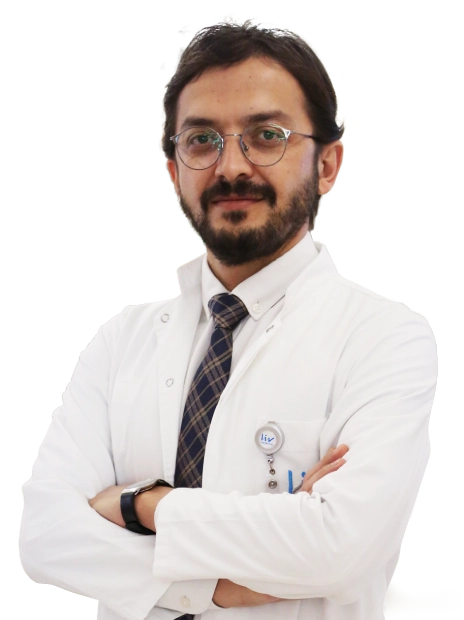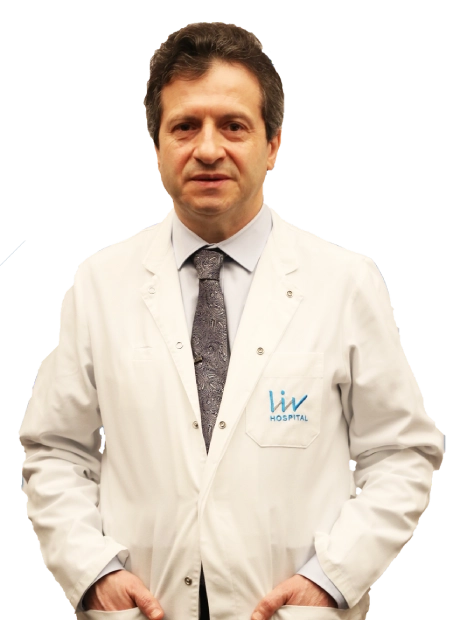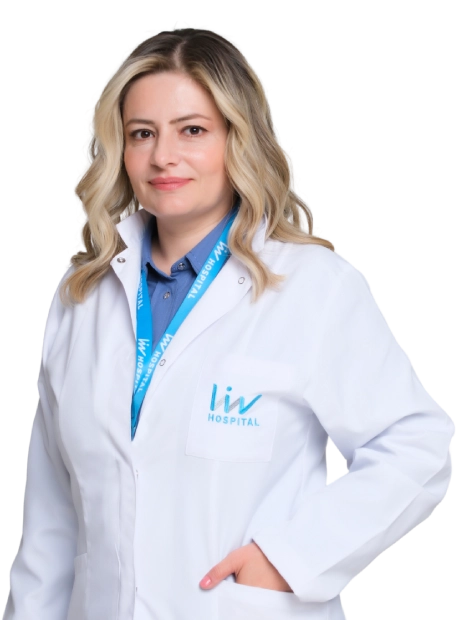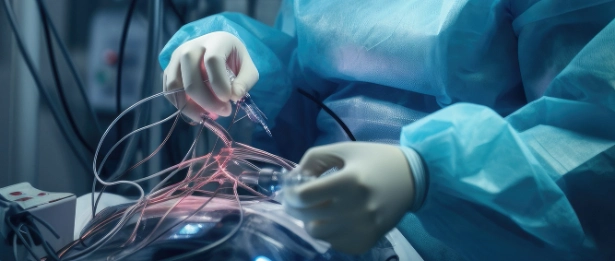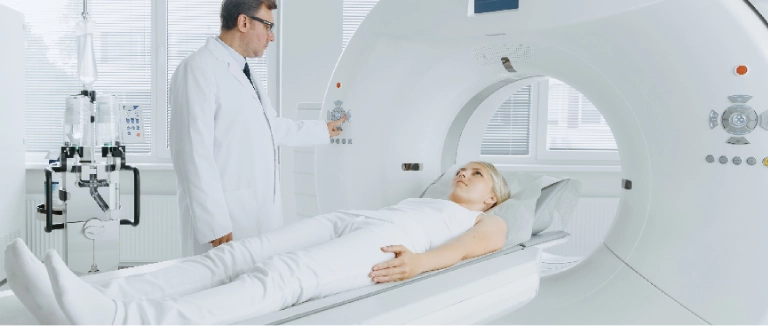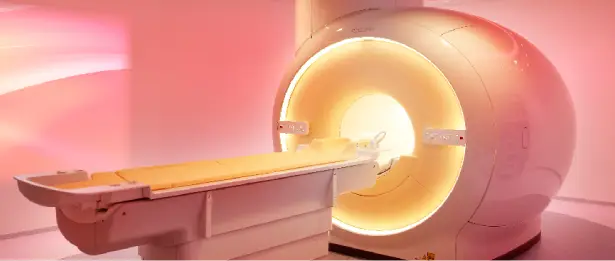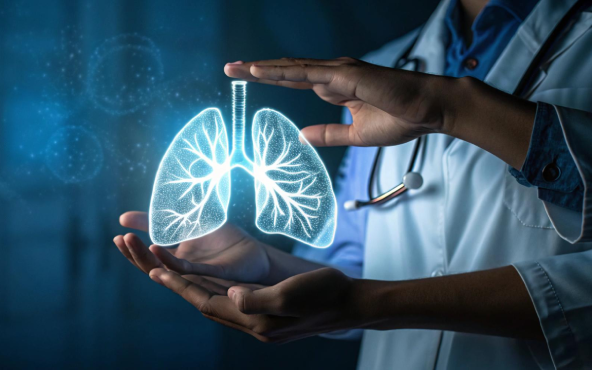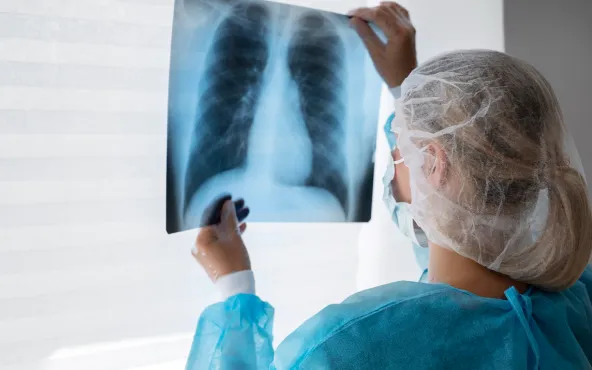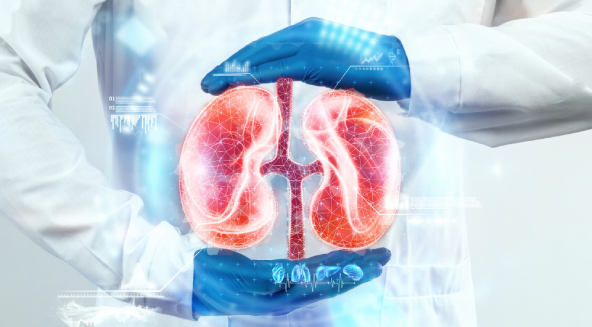What Is Pulmonology? Patient Guide to Lung Health and Breathing Care
Pulmonology and respirology are two names for the same specialty focused on your lungs, airways, and breathing. If you’re dealing with a lingering cough, shortness of breath, wheezing, chest tightness, or frequent chest infections, this is the field designed to find the cause and help you breathe easier. The goal is straightforward: a precise diagnosis, a clear, personalized plan, and steady follow up that fits your daily life. Whether the concern is asthma, COPD, pneumonia, interstitial lung disease, pleural fluid, or sleep related breathing problems, modern care emphasizes comfort, clarity, and practical steps you can trust.

Pulmonology teams bring together careful listening, targeted examination, imaging when appropriate, and lung function testing to understand what’s going on. Because breathing is closely tied to heart function, circulation, and sleep, your plan may also include collaboration with related services. From your first visit, you should expect plain language explanations, guidance on using devices correctly, and an action plan for flare ups so you know exactly what to do at home.
What Does a Pulmonology Doctor Do? Patient Friendly Overview

A pulmonologist (pulmonology doctor) evaluates and treats conditions affecting the lungs and airways.
In everyday care, your pulmonologist will:
• Explore your symptoms in detail: when they started, what triggers them, and how they affect activity.
• Review your history, medications, prior imaging, and any exposures (like smoke, dust, or allergens).
• Perform a focused breathing exam and check oxygen levels.
• Order tests that answer specific questions—no more, no less.
• Create a treatment plan with clear steps and timelines.
• Teach correct use of inhalers and devices so each dose counts.
• Schedule follow up to monitor progress and fine tune medications.
Common reasons to see pulmonology include persistent cough, suspected asthma or COPD, recurrent pneumonia, unexplained shortness of breath, and symptoms of sleep apnea (snoring, pauses in breathing, morning headaches, daytime sleepiness). Many patients also come for evaluation of abnormal chest imaging to clarify next steps.
What Happens at a Pulmonology Appointment? What to Expect
- Discussion and history: symptoms, timing, triggers, infections, past tests, and lifestyle factors.
- Exam: breathing pattern, chest sounds, signs of airway obstruction, and oxygen saturation.
- Tests: You may complete spirometry on the same day, or you may be scheduled for full pulmonary function testing, imaging, or sleep evaluation if indicated.
- Plan: your clinician explains the likely diagnosis, treatment options, and how to monitor improvement.
- Education: inhaler technique, cleaning of devices, action plans for flare‑ups, and prevention tips.
What Is a Pulmonology Test? Common Tests and Why They’re Done

Pulmonology testing is chosen to answer the “why” behind your symptoms and guide treatment.
- Spirometry: measures airflow to diagnose and track asthma and COPD.
- Full pulmonary function tests: assess lung volumes and gas exchange for a complete picture.
- Exhaled nitric oxide (FeNO): evaluates airway inflammation useful in asthma management.
- Chest X ray and CT scan: visualize lung structure, infections, nodules, or scarring patterns.
- Oximetry and arterial blood gases: check oxygen and carbon dioxide levels.
- Bronchoscopy: A thin camera is inserted into the airways to examine them, collect samples, and remove secretions or foreign bodies.
- Sleep study (when indicated): evaluates snoring, apnea, nocturnal hypoxemia, and daytime fatigue.
Your team prioritizes the least invasive tests that still provide clear answers. Results are used to confirm diagnosis, guide medications or procedures, and track progress over time.
What Is Interventional Pulmonology? Minimally Invasive Lung Care
Interventional pulmonology uses advanced, minimally invasive procedures to diagnose and treat airway and pleural conditions with reduced recovery time.
- Diagnostic bronchoscopy: direct airway visualization and targeted sampling.
- Endobronchial biopsies and ultrasound‑guided sampling to investigate nodules or enlarged nodes.
- Airway dilation and stenting to relieve narrowing (stenosis) and improve airflow.
- Mucus plug removal and foreign body extraction to restore ventilation.
- Pleural procedures: draining fluid (thoracentesis), placing small catheters, and preventive approaches for recurrent effusions.
- Selected valve placement in carefully chosen cases to redirect airflow.
Your clinician will explain preparation, sedation, potential risks, and what recovery looks like at home. These techniques often provide quicker relief and more precise diagnoses without large incisions.
What Is Pediatric Pulmonology? When Children Need Lung Specialists
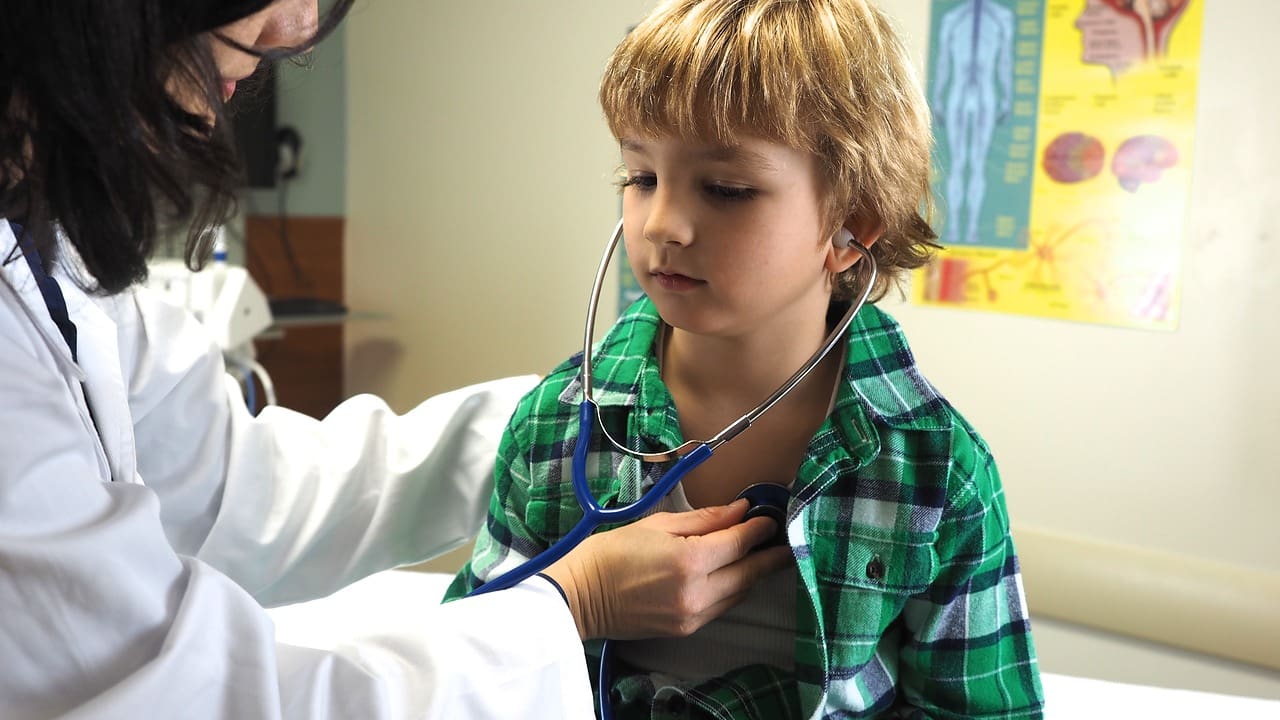
- Using inhalers and spacers designed for children, along with training on how to use them
- Managing triggers like allergens and irritants
- Getting recommended vaccines to help lower the risk of infections
- Providing written action plans so families know what to do if symptoms get worse.
What Is Pulmonology Medicine Used For? Conditions and Treatments
Pulmonology medicine addresses a broad range of conditions:
- Asthma: variable airway narrowing causing wheeze, cough, and chest tightness; managed with inhalers, trigger reduction, and action plans.
- COPD: chronic airflow limitation; treated with inhalers, pulmonary rehabilitation, vaccinations, and sometimes oxygen support.
- Chronic cough: evaluation for asthma variants, post infection cough, reflux, or upper airway causes; therapy targets the root cause.
- Recurrent infections and bronchiectasis: airway clearance techniques, targeted antibiotics, and preventive strategies.
- Interstitial lung disease: scarring or inflammation of lung tissue; care includes imaging, function tracking, and condition specific medicines.
- Pulmonary hypertension: elevated pressure in lung vessels; requires careful testing and coordinated management.
- Pleural disease: fluid or air around the lungs; drainage and pleural procedures relieve symptoms and prevent recurrence.
- Sleep related breathing disorders snoring, apnea, and nocturnal hypoxemia can be evaluated and treated with interventions like CPAP, which can restore deeper rest.
Education is central: correct inhaler use, avoiding triggers, staying current with vaccinations, and knowing your action plan all help reduce flare ups and improve day to day breathing.
What Is the Pulmonology Department? How Care Is Coordinated
A pulmonology department brings together physicians, nurses, respiratory therapists, and procedure teams to coordinate testing and treatment efficiently.
- Streamlined scheduling for lung function tests and imaging
- Rapid review of results, so decisions aren’t delayed
- Clear preparation instructions for procedures such as bronchoscopy
- Follow‑up that checks medication effectiveness and device technique
- Referrals to services like pulmonary rehabilitation and smoking cessation support, when helpful
The team approach reduces repeated tests, shortens time to diagnosis, and ensures you’re informed at each step.
What’s Pulmonology vs Respirology? Same Specialty, Different Name
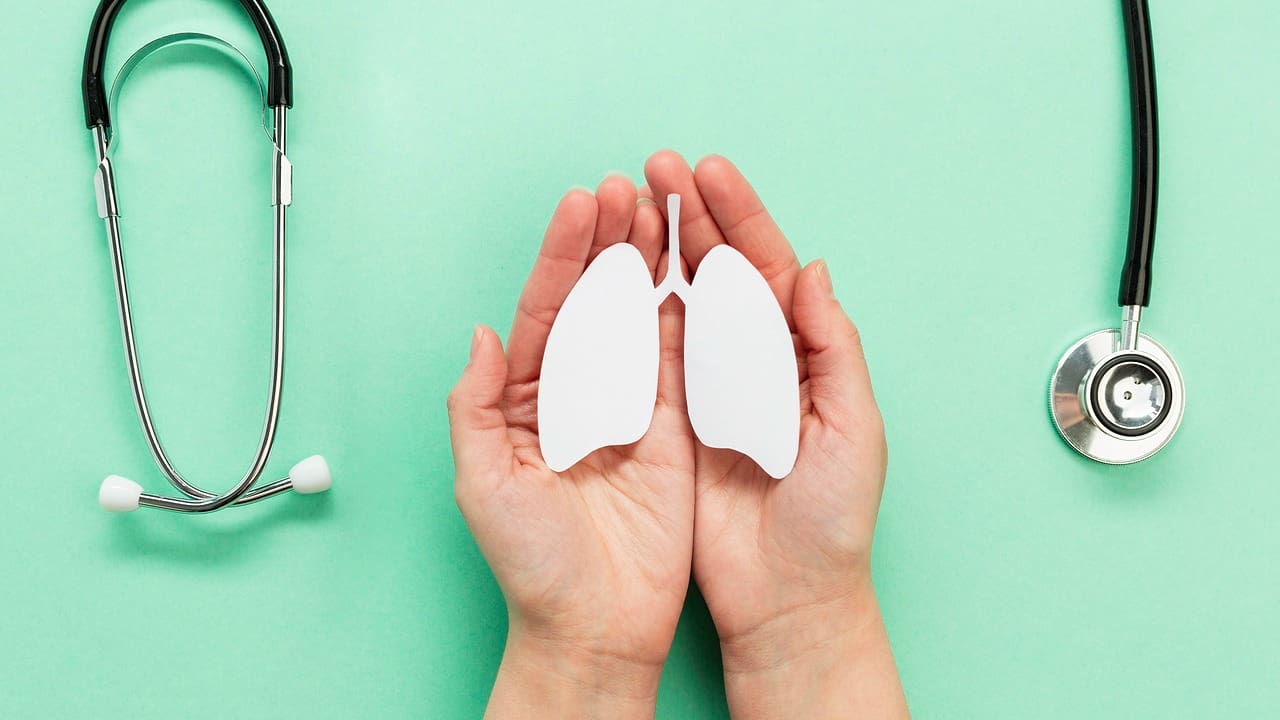
When to See Pulmonology and How to Prepare ?
Consider a pulmonology visit if you have:
- A cough persisting beyond three to eight weeks
- Shortness of breath with daily activities or at rest
- Wheezing, chest tightness, or frequent bronchitis
- Recurrent or non resolving pneumonia
- Known asthma or COPD that isn’t well controlled
- Loud snoring, witnessed pauses in breathing, or morning headaches.
- Abnormal chest imaging that needs clarification
Preparation tips:
- Bring a list of medications and inhalers, as well as prior test results.
- Note symptom patterns: timing, triggers, and what relieves them.
- Follow any instructions for scheduled tests (fasting or medication holds).
Pulmonology Treatment Plans: What Patients Can Expect
Your plan is customized to your diagnosis and goals:
- Medications: quick‑relief and controller inhalers, antibiotics when needed, and condition‑specific therapies
- Device technique: hands‑on training so medication actually reaches your lungs
- Preventive care: vaccinations to lower infection risks
- Rehabilitation: structured exercise and breathing training to improve stamina
- Oxygen therapy: used when oxygen levels drop at rest or with activity
- Procedures: interventional pulmonology options for airway and pleural problems
- Follow‑up: scheduled reviews to reduce flare‑ups and adjust therapy as your lungs improve
With consistent care, many patients report fewer symptoms, better exercise tolerance, and more restful sleep.
Liv Hospital Pulmonology

In the Department of Pulmonology of Liv Hospital, allergy tests are performed and counseling on ways to quit smoking is provided in addition to diagnosis and treatment of various chest diseases and lung cancer.
The department also offers alternative treatments for sleeping problems caused by chest diseases, breathing difficulties during sleep and snoring problems. Spirometric tests, reversibility test, current volume curve, diffusion capacity, exercise test and maximum oxygen consumption, NO measurement, arterial blood gas measurement can be performed in the respiratory function laboratory. Allergy skin testing is at your service in a wide range.
Frequently Asked Questions for Pulmonology
What’s the difference between pulmonology and respirology?
Two names for the same specialty. “Pulmonology” is widely used in the U.S.; “respirology” is used in other regions. Both aim to improve breathing and lung health.
What is pulmonology medicine used for?
For conditions like asthma, COPD, chronic cough, bronchiectasis, interstitial lung disease, pulmonary hypertension, pleural disease, and sleep related breathing disorders.
What is pediatric pulmonology?
Care tailored to infants, children, and adolescents with breathing issues such as asthma, recurrent cough, infections, or sleep disordered breathing, using age‑appropriate evaluation and treatments.
Is cardiology and pulmonology the same?
They’re different but collaborative. Pulmonology handles lung and airway issues; cardiology manages the heart and vessels. Both may be involved when shortness of breath is complex.
Is pulmonary the same as pulmonology?
No. “Pulmonary” is an adjective meaning related to the lungs, while “pulmonology” is the specialty that diagnoses and treats lung and airway diseases.
What is interventional pulmonology?
A minimally invasive branch that uses bronchoscopes and specialized tools for airway visualization, biopsies, stent placement, mucus removal, and pleural fluid management.
What is a pulmonology test?
Any evaluation designed to clarify breathing problems commonly spirometry, full pulmonary function tests, chest imaging, bronchoscopy, oximetry, and, when indicated, sleep studies.
What happens at a pulmonology appointment?
You’ll review symptoms and history, have a breathing exam and oxygen check, complete or schedule tests if needed, and leave with a clear, personalized plan and education on device use.
What does a pulmonologist do?
They assess symptoms, perform focused breathing exams, order tests such as spirometry or imaging, prescribe treatments (inhalers, airway clearance, oxygen), and provide follow up to keep symptoms controlled.
What is pulmonology?
Pulmonology is the medical specialty that evaluates and treats the lungs, airways, and breathing, including conditions such as asthma, COPD, infections, interstitial lung disease, and sleep related breathing disorders.
